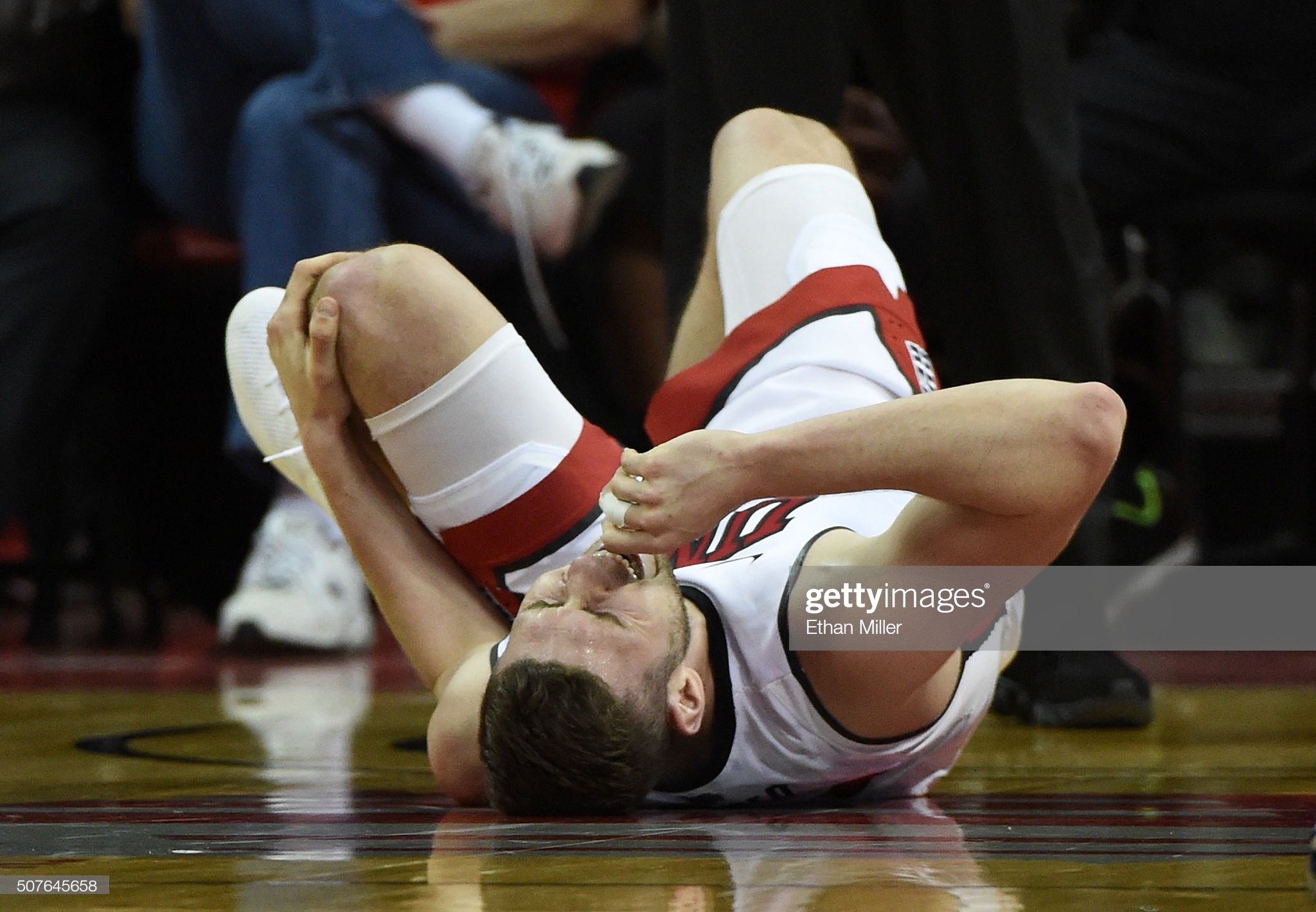ligament surgeries (acl, pcl, mcl, lcl)

ACL reconstruction surgery uses a graft to replace the ligament. The most common grafts are autografts using part of your own body, such as the tendon of the kneecap (patellar tendon) or one of the hamstring tendons. Another choice is allograft tissue, which is taken from a deceased donor.
Repair surgery typically is used only in the case of an avulsion fracture (a separation of the ligament and a piece of the bone from the rest of the bone). In this case, the bone fragment connected to the ACL is reattached to the bone.
ACL surgery is usually done by making small incisions in the knee and inserting instruments for surgery through these incisions (arthroscopic surgery). In some cases, it is done by cutting a large incision in the knee(open surgery).
Other ligaments that may get injured are the PCL, MCL, LCL either isolated or a combination of these as well as meniscus injuries. Your knee joint has various ligament complexes which may get injured during sports or as a result of high velocity vehicle accidents etc. Timely intervetion and addressal of these injuries is paramount to achieve optimum results. Neglecting these injuries can result in a lifetime of permanent disability.
ACL reconstruction is surgery to replace a torn anterior cruciate (KROO-she-ate) ligament (ACL) — a major ligament in your knee. ACL injuries most commonly occur during sports that involve sudden stops and changes in direction — such as soccer, football, basketball and volleyball.
Ligaments are strong bands of tissue that attach one bone to another bone. During ACL reconstruction, the torn ligament is removed and replaced with a band of tissue that usually connects muscle to bone (tendon). The graft tendon is taken from another part of your knee or from a deceased donor.
ACL reconstruction is an outpatient surgery that's performed by a doctor who specializes in surgical procedures of the bones and joints (orthopedic surgeon).
Your posterior cruciate ligament (PCL) runs along the back of your knee and connects your thighbone to the top of your lower leg bone. This ligament keeps your bones in place and helps your knee move smoothly. When the PCL is sprained or torn, it’s called a posterior cruciate ligament injury.
The medial collateral ligament (MCL) is one of four ligaments that keep the knee joint stable. The MCL spans the distance from the end of the femur (thigh bone) to the top of the tibia (shin bone) and is on the inner side of the knee joint. That's why it's so painful when the ligament is stretched too much or torn. The ligament is usually injured when the outside of the knee joint is struck, during sports or an accident, for example. MCL injuries can occur by themselves or with other injuries such as an ACL or meniscus tear.
The lateral collateral ligament (LCL) is on the outer side of your knee and runs from the top part of the fibula (the bone on the outside of the lower leg) to the outside part of the lower thigh bone. The ligament helps keep the outer side of your knee joint stable.
A lateral collateral ligament (LCL) injury is usually caused by pressure or an injury that pushes the knee joint from the inside, which results in stress on the outside part of the joint.
The symptoms of a tear in the lateral collateral ligament can include: